When you’ve tried fiber, laxatives, and lifestyle tweaks without relief, the frustration can feel endless. Acupuncture for constipation has been gaining attention as a non‑drug option, especially for chronic idiopathic constipation (CIC) where the cause remains unknown. This article breaks down what CIC is, how acupuncture might help, the science behind it, safety considerations, and steps to start a treatment plan.
Understanding Chronic Idiopathic Constipation
Chronic Idiopathic Constipation is defined as a long‑lasting difficulty in passing stools that cannot be linked to a structural or metabolic problem. People with CIC typically report fewer than three bowel movements per week, hard stools, and a feeling of incomplete evacuation for at least three months. Because the root cause isn’t identifiable, treatment often focuses on symptom management.
What Is Acupuncture?
Acupuncture is a therapeutic technique that involves inserting thin, sterile needles into specific points on the body. Originating from Traditional Chinese Medicine, it aims to balance the flow of Qi-the body’s vital energy. Modern research interprets these effects as stimulation of nerves, muscles, and connective tissue, which can influence neurotransmitters and blood flow.
How Acupuncture Could Influence Gut Motility
The gastrointestinal tract is regulated by the enteric nervous system, which communicates with the brain via the vagus nerve. Needle insertion at certain abdominal and distal points appears to modulate gut motility by:
- Increasing release of serotonin and substance P, both of which promote peristalsis.
- Reducing local inflammation that can stiffen the colon wall.
- Balancing autonomic activity, shifting the sympathetic‑parasympathetic ratio toward relaxation.
These mechanisms are supported by animal studies and a growing number of human trials.
Clinical Evidence: What the Numbers Say
Several Randomized Controlled Trials have compared acupuncture with sham (placebo) acupuncture or standard care for chronic constipation. A 2022 multicenter trial involving 210 participants reported a 45% improvement in weekly stool frequency for the acupuncture group versus 20% for sham, with a p‑value of 0.01. Another 2023 meta‑analysis of eight trials (total N=1,032) found that acupuncture increased the odds of achieving ≥3 bowel movements per week by 1.8 times compared with laxatives alone.
While the evidence is promising, most studies have small sample sizes and varied protocols, so clinicians recommend acupuncture as an adjunct rather than a stand‑alone cure.
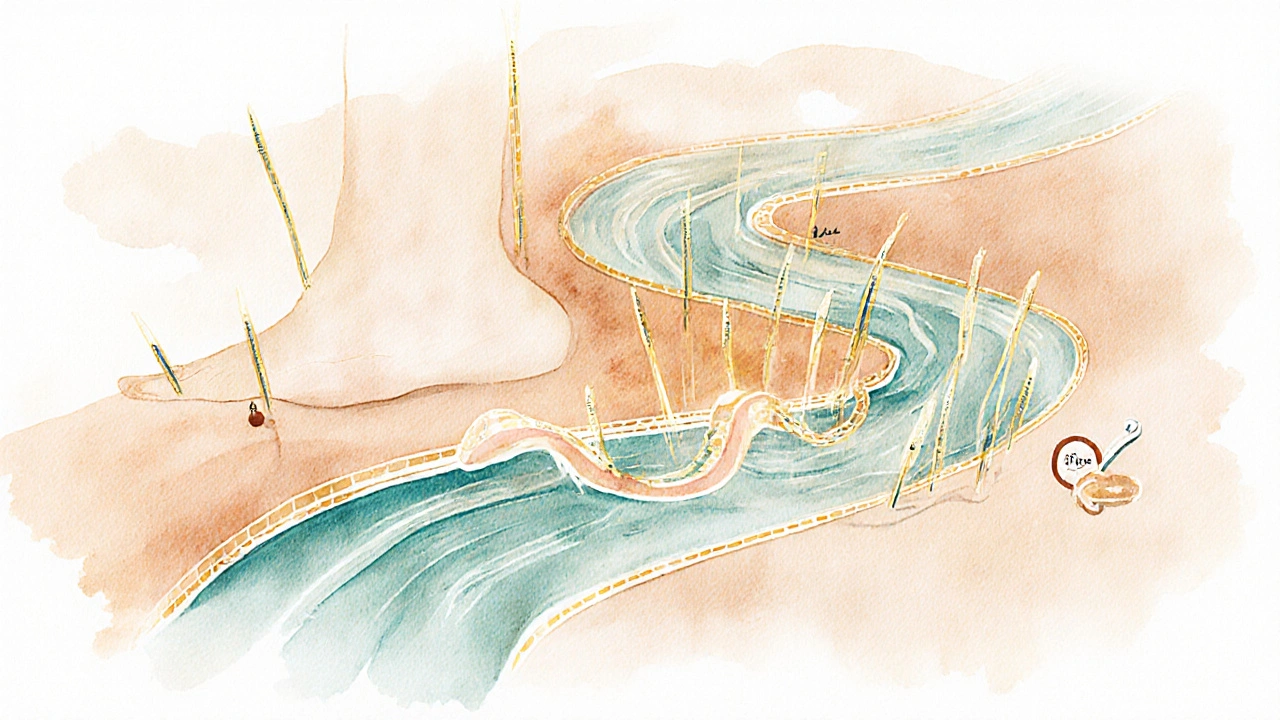
Safety Profile and Potential Side Effects
Acupuncture is generally safe when performed by a qualified practitioner. Common, mild side effects include:
- Bruising or pinpoint bleeding at needle sites.
- Transient dizziness or faintness.
- Rare infections if sterility is compromised.
Serious complications such as organ puncture are exceedingly rare (<1 in 10,000). Patients on blood thinners should discuss risks with both their physician and acupuncturist.
How Acupuncture Stacks Up Against Conventional Options
| Treatment | Typical Duration | Success Rate (≥3 BM/week) | Side‑Effect Profile | Mechanism |
|---|---|---|---|---|
| Acupuncture | 6-12 weeks (2‑3 sessions/week) | ~45% (clinical trials) | Minor bruising, rare infection | Neuro‑transmitter modulation, autonomic balance |
| Laxatives (PEG, lactulose) | Immediate to 2 weeks | ~60% (short‑term) | Gas, bloating, electrolyte imbalance | Osmotic water retention in colon |
| Biofeedback Therapy | 8-12 weeks (weekly) | ~55% (trained pelvic floor) | Minimal; occasional discomfort | Retrains pelvic floor muscles |
The table shows that acupuncture offers a middle‑ground success rate with a very low side‑effect burden, making it attractive for patients seeking non‑pharmacologic options.
Finding a Qualified Acupuncturist
Not all practitioners have the same training. Look for a provider who meets at least one of these criteria:
- Certified by a recognized national board (e.g., National Certification Commission for Acupuncture and Oriental Medicine (NCCAOM) in the U.S. or equivalent in your country.
- Has at least three years of clinical experience treating gastrointestinal disorders.
- Provides a clear treatment plan, including point locations, session frequency, and expected outcomes.
During the first consultation, ask about:
- Specific points they will use for constipation (common choices: ST36, LI4, CV12, and SP15).
- How they assess progress (stool diary, Bristol stool chart).
- Any complementary lifestyle advice (diet, hydration, gentle exercise).

What to Expect During a Treatment Course
A typical regimen for CIC looks like this:
- Initial Assessment: Your practitioner gathers medical history, performs a focused abdominal exam, and possibly orders basic labs to rule out hidden causes.
- Needle Insertion: Thin needles are placed at 6‑8 points for 20‑30 minutes. You may feel a slight tingling or warmth-signs of nerve activation.
- Follow‑up Sessions: 2‑3 times per week for the first month, then weekly or bi‑weekly based on response.
- Progress Tracking: Patients keep a daily stool log; improvements often appear after the third or fourth session.
- Maintenance: Once regular bowel movements are achieved, monthly “maintenance” visits may help prevent relapse.
Most people report that the treatment feels relaxing and does not interfere with daily activities.
Integrating Acupuncture with Other Lifestyle Strategies
Acupuncture works best when paired with proven constipation‑friendly habits:
- Drink 1.5-2 liters of water daily.
- Consume 25‑30 grams of fiber from fruits, vegetables, and whole grains.
- Engage in at least 30 minutes of moderate exercise (walking, yoga) most days.
- Avoid excessive caffeine and high‑fat meals that can slow gut transit.
These steps reinforce the physiological changes that acupuncture initiates, making the benefits more durable.
Potential Pitfalls and How to Avoid Them
Even with a promising therapy, a few mistakes can limit success:
- Skipping Sessions: Consistency matters; missed appointments can stall the nervous‑system reset.
- Choosing Unqualified Providers: Low‑cost clinics without proper certification may use improper needle techniques, reducing efficacy and increasing risk.
- Ignoring Underlying Conditions: If symptoms worsen or are accompanied by weight loss, bleeding, or severe pain, seek medical evaluation promptly.
By staying informed and collaborative with both your medical doctor and acupuncturist, you maximize the odds of a smooth recovery.
Frequently Asked Questions
Can acupuncture cure chronic idiopathic constipation?
Acupuncture is not a guaranteed cure, but studies show it can significantly increase bowel movement frequency and improve stool consistency for many patients, especially when combined with diet and lifestyle changes.
How many sessions are usually needed before seeing results?
Most people notice a change after 3‑5 sessions, though a full course of 6‑12 weeks is typical to achieve stable improvement.
Is acupuncture safe for anyone with constipation?
For most adults, acupuncture is safe when performed by a certified practitioner. Individuals with clotting disorders, severe skin infections, or who are pregnant should discuss precautions beforehand.
Can I use acupuncture alongside my prescribed laxatives?
Yes. Many clinicians recommend a blended approach: short‑term laxatives to kick‑start regularity, while acupuncture works on long‑term gut motility. Always coordinate with your healthcare provider to avoid over‑use of laxatives.
What specific acupuncture points target constipation?
Common points include Stomach 36 (ST36), Large Intestine 4 (LI4), Conception Vessel 12 (CV12), and Spleen 15 (SP15). The exact combination varies per practitioner and patient presentation.
How much does a typical acupuncture series cost?
Costs differ by region, but in the U.S. a single session ranges from $70‑$120. A 10‑session package often brings the average down to $600‑$800. Some insurance plans now cover acupuncture for gastrointestinal issues.
Will I feel any pain during needle insertion?
The needles are extremely thin, and most patients feel only a faint tingling or pressure. Any discomfort is typically brief and subsides quickly.
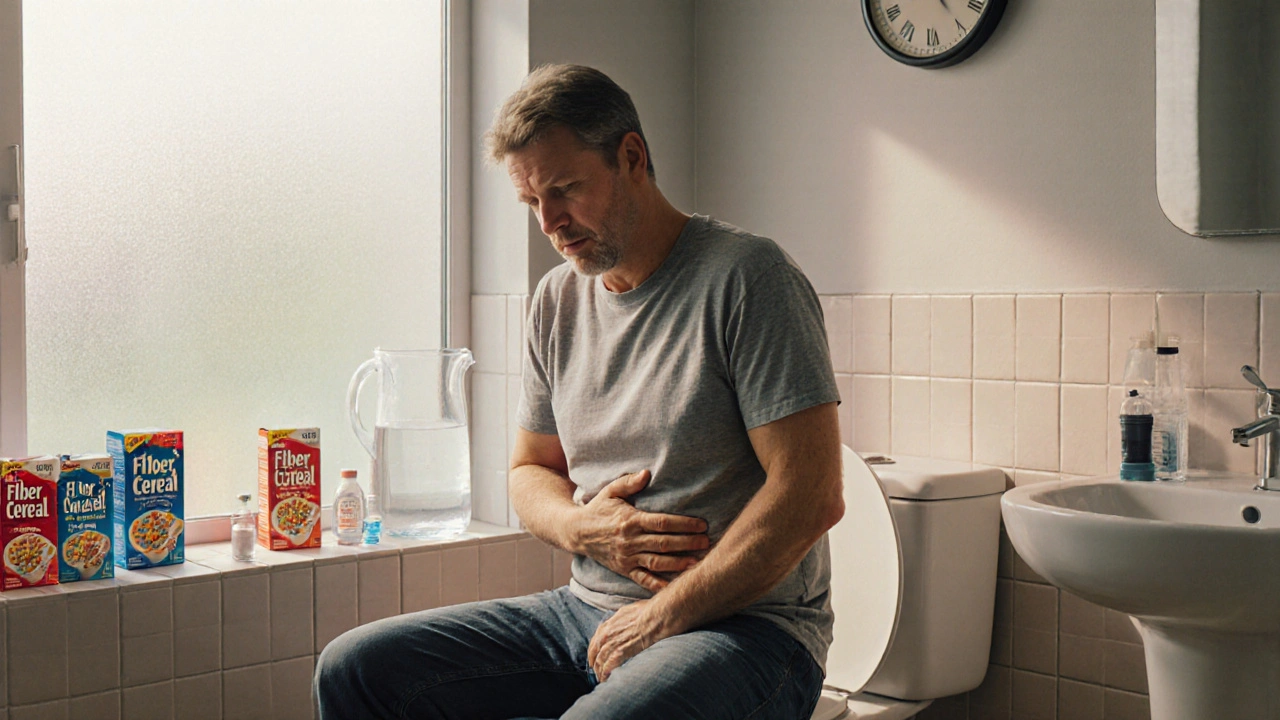
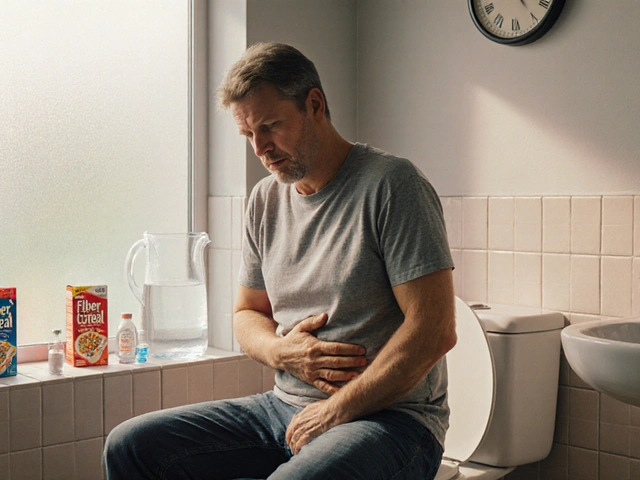
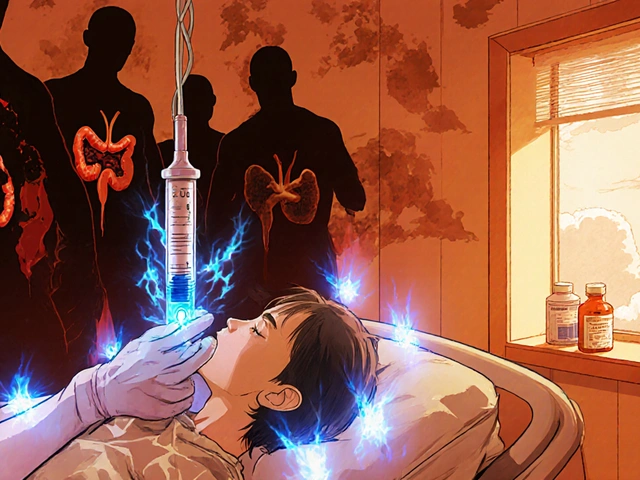
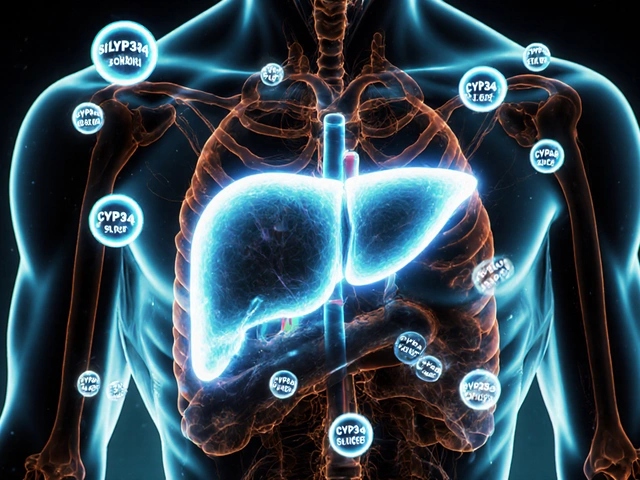


Write a comment
Your email address will be restricted to us